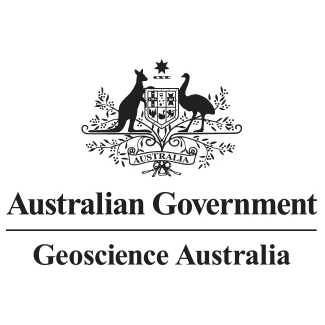Full description
Benthic sediment sampling of Inner Darwin Harbour (GA0358) and shallow water areas in and around Bynoe Harbour (GA0359) was undertaken between May 29 and June 19, 2017. Partners involved in the surveys included Geoscience Australia (GA), the Australian Institute of Marine Science (AIMS) and the Department of Environment and Natural Resources within the Northern Territory Government (NT DENR) (formerly the Department of Land and Resource Management (DLRM)). These surveys form part of a four year (2014-2018) science program aimed at improving knowledge about the marine environments in the regions around Darwin and Bynoe Harbour’s through the collection and collation of baseline data that will enable the creation of thematic habitat maps to underpin marine resource management decisions. This project is being led by the Northern Territory Government and is supported by the INPEX-led Ichthys LNG Project, in collaboration with - and co-investment from GA and AIMS. This dataset comprises area-based rates of total carbon dioxide production and oxygen uptake in marine sediments.Lineage
Maintenance and Update Frequency: asNeededCreated: 08 06 2018
Issued: 02 07 2018
Modified: 09 04 2019
Data time period: 29 05 2017 to 16 06 2017
text: westlimit=130.2833333; southlimit=-12.8; eastlimit=130.966667; northlimit=-12.33333
User Contributed Tags
Login to tag this record with meaningful keywords to make it easier to discover
Download the data (xlsx)
uri :
https://d28rz98at9flks.cloudfront.net/111981/111981_Core_Incubations.xlsx![]()
Link to collection record
- DOI : 10.4225/25/5B32EED7AF74C

- Local : pid.geoscience.gov.au/dataset/ga/111981
- global : 08250acf-5f7a-4d72-b647-37cecb89722b


